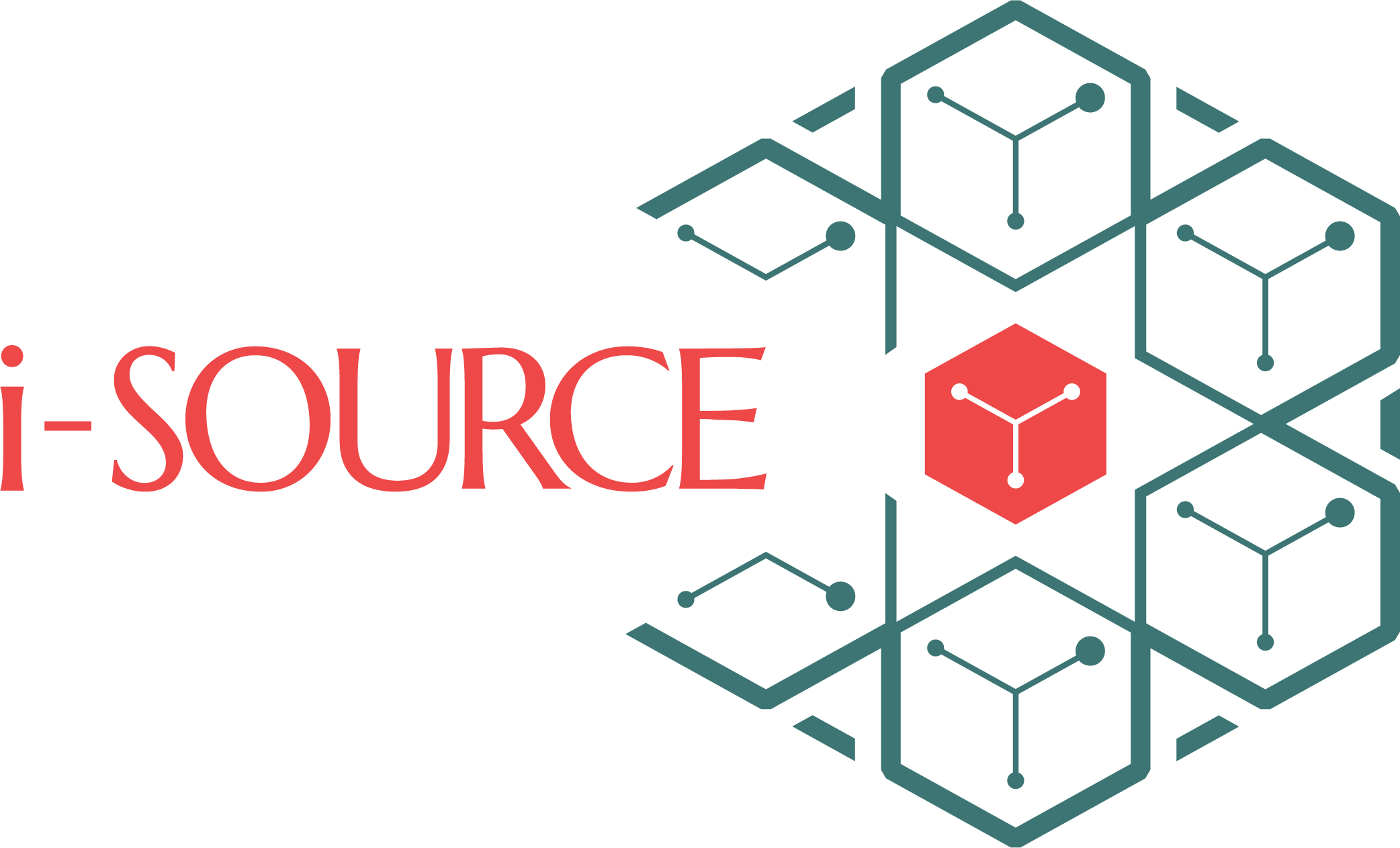Reality of the extended workplace
A recent survey suggested that as many as 95% of Indian enterprises will continue to implement work from home to some degree over the year as well. I’m not sure of the sample size and the demographics included in the survey, but let’s agree that remote working will continue for some time, making extended workplaces a continuing reality for CIOs. Or maybe I should say, a continuing challenge for CIOs. Over the last couple of years, most CIOs I have spoken to have been extremely concerned about their ability to manage these extended workplaces. There are so many things that they find hard to control. At the purely operational level, it’s a massive task to ensure that employees get a consistent experience irrespective of location. That means ensuring uninterrupted connectivity for people working from home and seamless collaboration between them and their team members in the office. The solution set required to achieve this is complex, including networking infrastructure, devices, video conferencing platforms, and communication tools. Managing the plethora of devices and endpoints is another massive challenge, as is securing them, the network, and the enterprise infrastructure in the face of such diversity. IT teams must juggle patches, updates, access standards and protocols, encryption algorithms, and employee support needs in a near-continuous cycle. In fact, security is a constant challenge, as is data privacy, and access management. That is in addition to the people and process management issues that fall to the IT team to manage and overcome in this fragmented and distributed environment. The CIOs I talk to freely admit that they need all the help they can get as they take on this formidable challenge. Partners who have the skills, processes, and tools to take on the task end-to-end are especially valuable. That’s the reality of the extended workplace.
